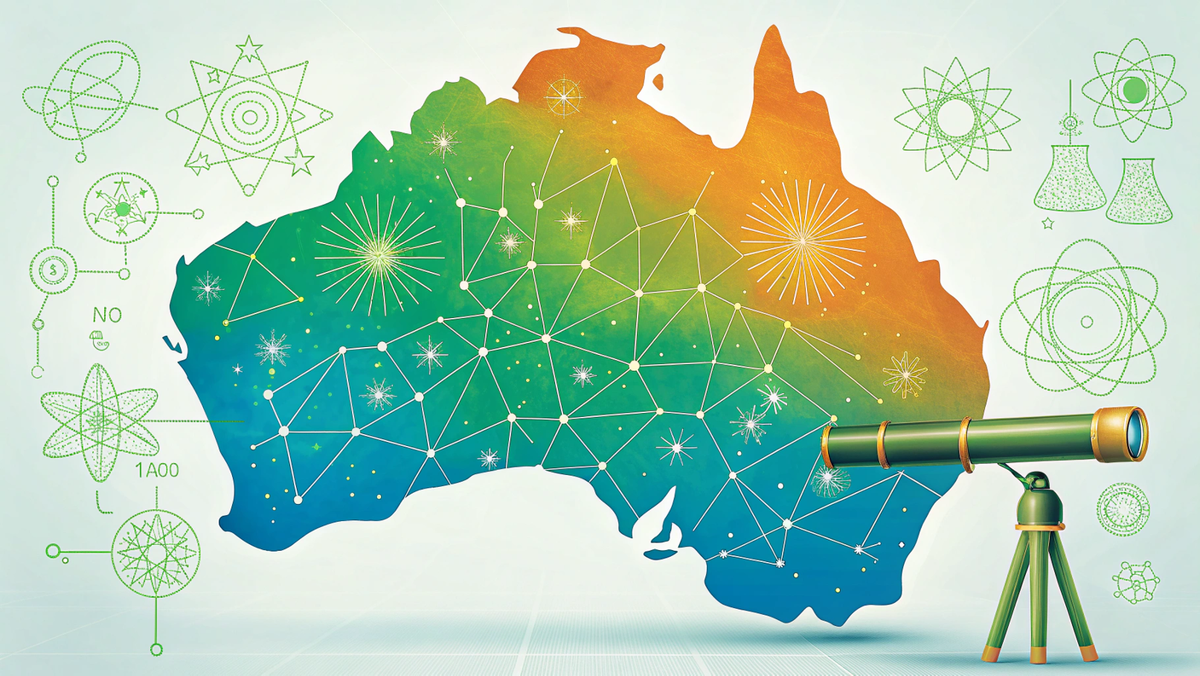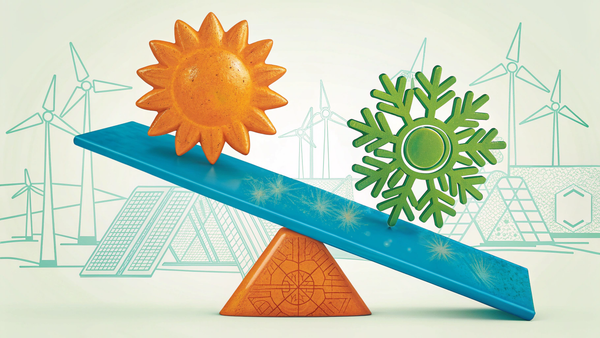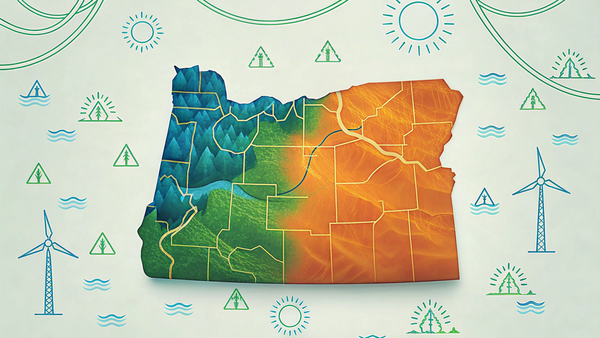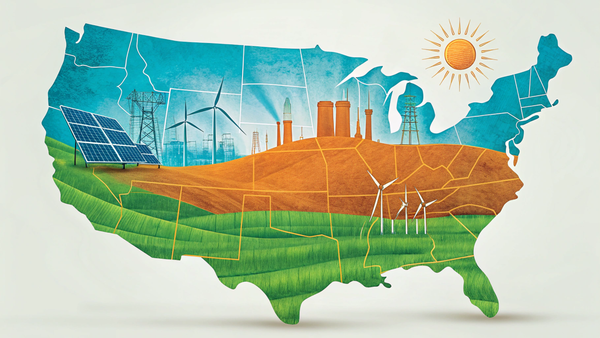Unlocking Diverse Technology Futures for Net Zero Australia
Evolved unveils our cutting-edge modeling technique, Ensemble, to explore net zero pathways for Australia.

Evolved Energy Research deployed our newest modeling tool, Ensemble, for the Net Zero Australia (NZAu) Project, a collaboration with the University of Melbourne, the University of Queensland and Princeton University. The report, Updated Net Zero Pathways for Australia, is the first in a series aimed to make practical recommendations on decarbonization while acknowledging environmental and social objectives and trade-offs.
For this update, Evolved leveraged Ensemble for the first time to look beyond a single least-cost pathway, exploring a suite of low-cost alternatives that empower stakeholders with options and clarity. The methodology reveals diverse potential future technology mixes – all within a similar cost range, and all capable of reaching net zero.
In a world where energy security, supply chains, technology preference, and land-use objectives drive planning as much if not more than cost alone, our latest technique is an important innovation in energy modeling to empower decision-makers with the data they need to understand trade-offs.
Ensemble: Mapping the Spectrum of Possibility
Traditional scenario modeling has long provided critical insight for policymakers, clarifying the trade-offs and implications of different energy futures. But developing even a handful of scenarios is a time-intensive, expert-driven process. To move beyond a handful of discrete scenarios, Evolved has developed Ensemble – a technique to systematically generate hundreds of unique near-optimal solutions.
Ensemble builds on an emerging methodology in energy modeling – Modeling to Generate Alternatives (MGA). Instead of merely finding the single least-cost solution, the model is instructed to search for alternatives that are maximally differentiated across resource use and technology mix but remain nearly the same from an energy system cost perspective (1% relaxation of the optimal NPV was used in this work).
This powerful method offloads the creative burden of scenario design to computational resources, allowing modelers to focus on interpreting the vast, diverse dataset generated. Decision-makers can now access results capable of answering a host of different questions, instead of only receiving guidance along a small subset of available data.
Results: Australia’s Varied Energy Futures
Exploring Ensemble results allows us to understand 1) where there is flexibility in system design and 2) where there are core system requirements consistent across scenarios. A few examples below:
Areas of Flexibility: We found flexibility in renewable deployment in Australia, with scenarios displaying vastly different solar and offshore wind capacities still capable of achieving net-zero cost-effectively. For example, 50% of the NZ2050 Scenarios install between 205-270 GW of solar, showing that significant solar and batteries are needed in all pathways; nevertheless, pathways that deploy as little as 150 GW or as much as 425 GW of solar are also feasible (Figure 1). Deployment of offshore demonstrates that while most NZ2050 Scenarios (including the cost optimal) deploy little offshore wind, certain pathways require OSW deployment exceeding all current plans (Figure 1).
Areas of Necessity: We found significantly less flexibility for technologies like carbon capture and storage (CCS), biofuels, and gas power. Across NZ2050 Scenarios, CCS proves an essential component required in all pathways, ranging from 50-70 Mt per year by 2050 (Figure 1). Biofuel production is the dominant CO2 source for CCS, and it is important for hard-to-abate sectors like aviation. Finally, gas power played an essential role in complementing renewables in all low cost pathways.
Figure 1. Variations in 2050 capacities (GW or Mt p.a.) of major assets in different NZ2050 Scenarios that are all within 1% of the optimal net present value (NPV) found.
Implications: A Dynamic Map for Strategic Investment
Australia’s clean energy transition will require approximately $1.6 trillion in capital investment by 2050. Where those investments get made depends on social and environmental priorities, and with Ensemble results, we see that net zero is not a single-track endeavor. Results provide a dynamic, data-rich map that can help decisionmakers prioritize investments and design durable energy strategies.
Ensemble is an innovation in strategic planning. We are excited by the opportunity to leverage our newest tool to support the important mission of the NZAu Project, and we anticipate a wide range of applications to our future work. The full report can be found here.





